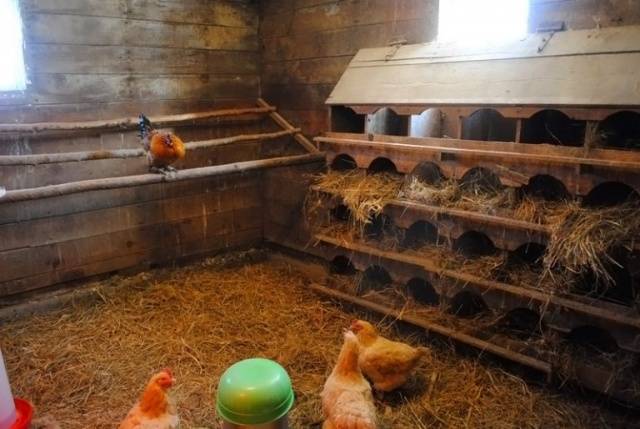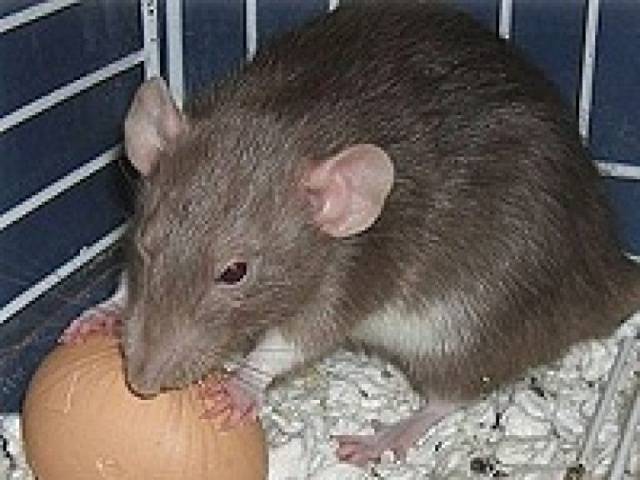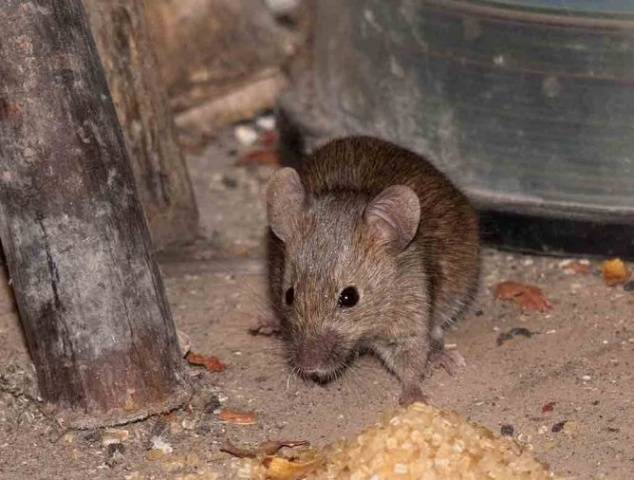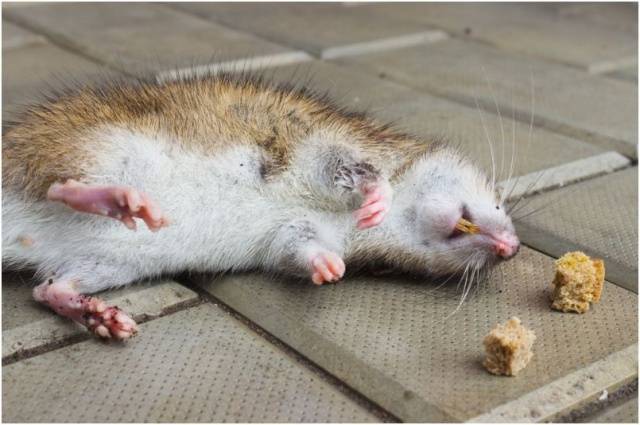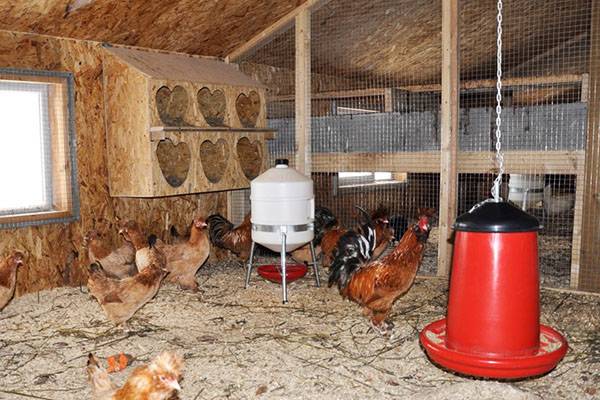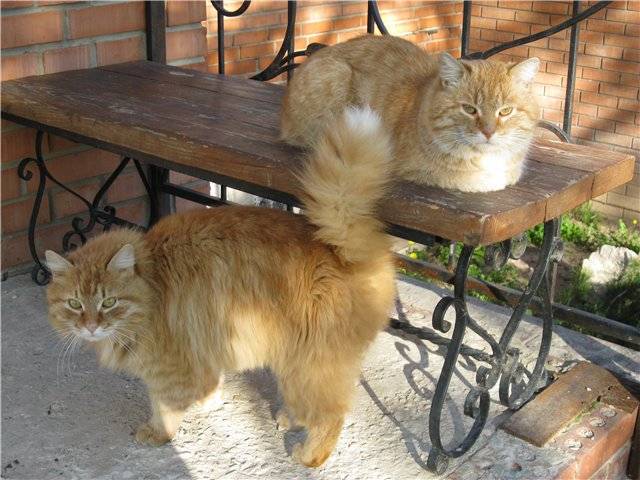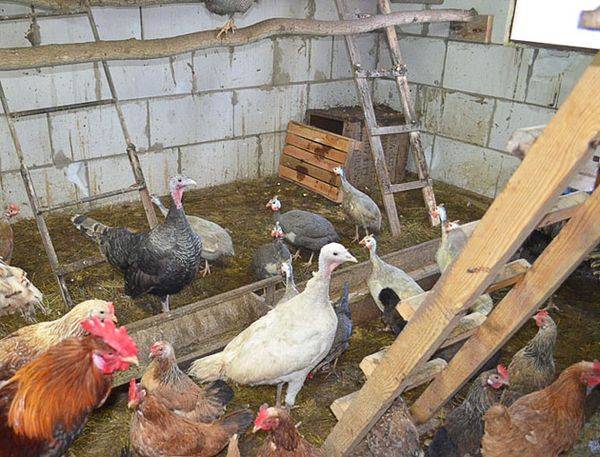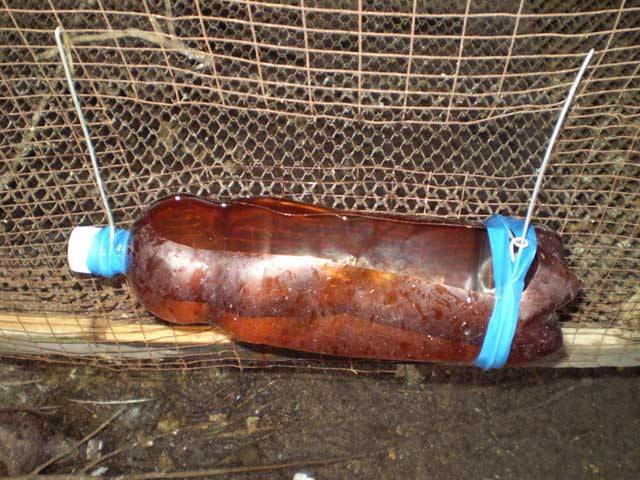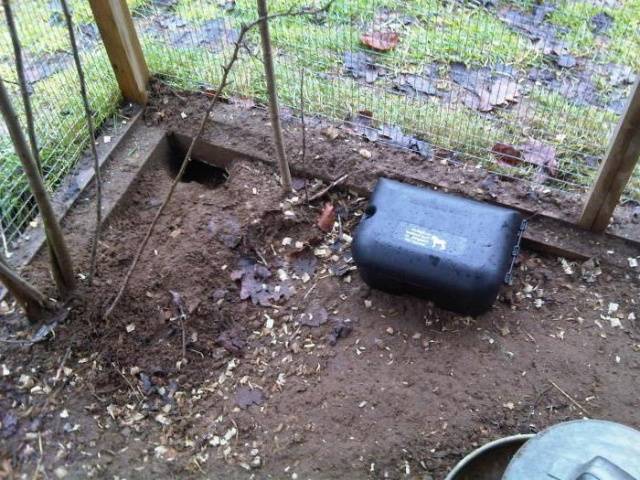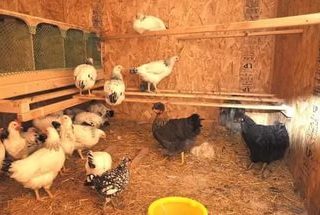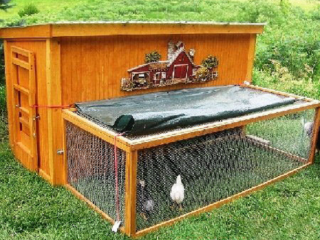Content
If rats get into the coop, they will cause irreparable damage to it. Rodents drag eggs, strangle chickens, scare chickens. But the main danger is that they are carriers of dangerous infections. Knowing how to get rid of rats in a chicken coop can fix this problem forever.
The difficulty of fighting rats in a hen house is also in the fact that not all means can be used in it. Traps and poison are dangerous for chickens, so you need to choose methods that are effective against rats and harmless to birds and other pets.
Signs of rodents
The presence of rats can be determined by some characteristic features:
- traces laid on the dusty floor along which the routes of their movement pass;
- the presence of rat droppings;
- teeth marks - they gnaw everything that comes their way;
- the appearance of an ammoniacal odor;
- the appearance of small holes at the junction of walls and foundations;
- pieces of eggshell.
Rat harm
The chicken coop is a playground for rodents. There is always something for rats to profit from:
- bird food is often stored in the chicken coop;
- animals strangle chicks and even attack young chickens;
- they also carry eggs.
There is an interesting legend about how rats steal eggs from a chicken coop - having clasped the egg with all four paws, the rodent lies on its back, and the second rat drags it by the tail into the hole. Despite the intelligence and ingenuity of these animals, this theory does not yet have actual confirmation, except for images on art canvases. Most likely, the rat pushes the egg in front of it into the shelter, and then gnaws it and eats the contents.
Building a chicken coop
The appearance of rats in the hen house should be foreseen already during its construction. Rodents are able to enter a room through small cracks in the foundation or roof. Therefore, the base of the chicken coop should be deep; it is necessary to outline in advance the places for laying baits that are inaccessible to birds. The floor is covered with a mixture of broken glass and rubble, which will prevent rats from visiting. Before the birds populate the room, they fumigate it with sulfur.
Folk recipes
If traces of rats staying in the hen house are noticed, you should urgently get rid of them. To do this, there are many folk ways that have been tested by time.
Wood ash
Ash is considered an ancient remedy for these animals. It must be scattered on the floor in the chicken coop at the rate of one bucket of ash per several square meters of area. Sticking to the paws and hair of rodents, the ash will irritate them due to the alkalis contained in it. When licking it from the paws, ash enters the stomach of animals, causing ulcers on the gastric mucosa. Rodents will quickly leave this place.
Lime and gypsum against rats in a chicken coop
Lime, flour and sugar are mixed in equal amounts and laid out in secluded places. A container with water is placed next to it. Rodents eat such a treat with pleasure and get a burn of the mucous membrane from exposure to lime.
An effective tool is a mixture of gypsum and flour in a 1: 1 ratio. You need to put a bowl of water next to it. Once in the rodent's stomach, the mixture will harden and cause the death of the pest.
other methods
A barrel is placed in the hen house, filled to the middle with water, and pieces of meat, cheese or bacon are thrown into it.Next to the barrel, a semblance of a ladder is erected from old boxes so that rodents can easily climb it. In the morning, all "night visitors" will be in the barrel.
The next method helps to get rid of rats in the chicken coop for at least a year. Pour the carcass of a dead rat with alcohol or kerosene and set it on fire. Having placed it on a shovel, you need to go around the chicken coop, fumigating the entire room. Pests will bypass this smell.
A simple and affordable way to deal with rats in a chicken coop is vodka. After crumbling bread crumbs into it, pour it into a saucer and put it inside a box with holes. Usually a few days of application of the product is enough for the rats in the chicken coop to disappear.
Poisonous plants
Many homeowners use poisonous plants to fight rats in their coop. It must be remembered that some of them can be harmful to chickens, so you need to lay them out carefully.
- The seeds of the tropical plant chilibuhi contain poisonous alkaloids... Having mixed them with sugar and raisins, you need to grate stearin into this mass and spread out in the corners of the chicken coop, and sprinkle boiled beans around. The tool allows you to relieve the problem with rats within a few days.
- In the summer months, the autumn crocus blooms... All parts of it are highly poisonous. To prepare 200 grams of the product, only 10 grams of the plant are required. Finely chopped, it is mixed with seeds or cereals and scattered in the corners of the room. The smell will be more pronounced if the seeds are roasted. You can pour the product directly into holes and holes.
- Rats also cannot stand the smell of bird cherry, mint or broom... You can use pharmacy essential oil instead of natural mint. Having moistened a cloth in it, it is enough to put it in the rodent's burrow.
- Many lay out from rats in the hen house in all corners of the branches of black or red elderberry, the smell of which the animals cannot stand. You can also plant elderberry bushes around. The plant contains hydrocyanic acid, which repels the rodent.
- In the fight against rats in the poultry house help planted around it burdock or rat rat, in other words, medicinal black root... Their spines firmly cling to the rodents' fur, so they try to stay away from these plants.
Rats also do not tolerate the smells of various chemicals. They will be scared away:
- a rag dipped in kerosene or turpentine;
- sawdust mixed with mothballs;
- the smell of acetylene when water is added to calcium carbide.
Helping animals
Cats are good helpers in the fight against rats. Of course, not everyone is able to cope with them. It is necessary to choose the breed of cat-rat catcher. However, even the very presence of a cat and its smell will scare away rats in the chicken coop.
Some dog breeds, such as dachshunds and fox terriers, are excellent helpers in rodent control. They strangle the animals and put them in a heap.
Many experienced poultry farmers keep chickens and geese in a hen house. They have a very sensitive sleep, allowing them to react to any rustle. When night guests appear, they make a noise, driving away pests. If necessary, the geese can even fight with the rats in the chicken coop and defeat them.
It is good to keep in the hen house to scare away rats together with turkey chickens... At any rustle, they will raise a noise, warning of uninvited aliens.
One of the main enemies of rats is the hedgehog. If you lure him into a chicken coop, there will be no problems with rodents.
Mechanical methods
A simple rat trap is easy to make on your own:
- a piece of cheese is attached to the bottom of the glass;
- the glass is placed upside down on the edge of the coin;
- a rat will crawl under a glass for cheese;
- at this moment he will jump off the coin, and the rodent will be trapped.
There is another version of a homemade chicken-safe trap:
- pour a little vegetable oil into the bottle and shake it to grease its walls with oil;
- slightly widen the neck so that a rodent can climb there;
- put cheese or a piece of meat inside as bait.
The rat will get into the bottle and, sliding along the walls, will not be able to get out.
If ordinary traps or live traps are placed against rats in the hen house, then it is necessary to ensure that they are safe for the inhabitants of the hen house. The traps are placed in a special box with small holes on the sides. Through them, rodents enter the box and fall into traps. The trade now offers a variety of containers in which to place both traps and baits. However, due to their high cost, they are not popular.
When using traps, it should also be borne in mind that the rats in the hen house often manage to pull out the bait and not get caught in the trap.
Scarers
There is a large selection of devices that generate ultrasonic waves on the market today. The human ear does not perceive them, but in rats in a chicken coop it causes a panic state.
Exposure to ultrasound causes rodents to flee. The trade offers two types of such devices:
- low-power, battery-powered, have a short range - they are ineffective in the volume of a chicken coop;
- powerful scarers that work from the electrical network are suitable for large rooms.
It is important to choose the right device. It should have different schemes of work and the ability to adjust the sound power. The device operates only in that part of the space where the sound waves are directed; there should be no obstacles in their path. The device is harmless for chickens, but a person cannot stay in the device's operating range for a long time.
If it is planned to use poison to kill rats in the hen house, it is best to transfer the chickens to another room during this time. After cleaning the chicken coop and disinfecting it, you can bring the birds back.
Having got rid of rats in the hen house, further preventive measures should be taken so that rodents no longer disturb poultry with their presence.
